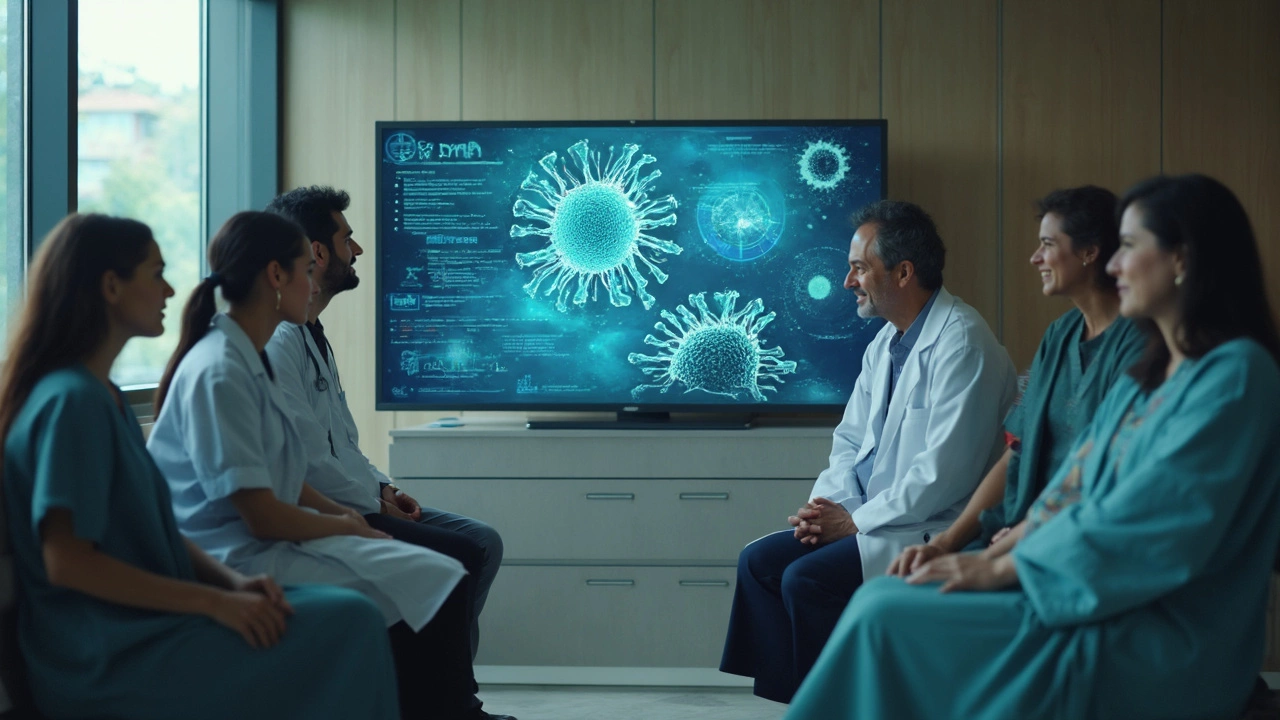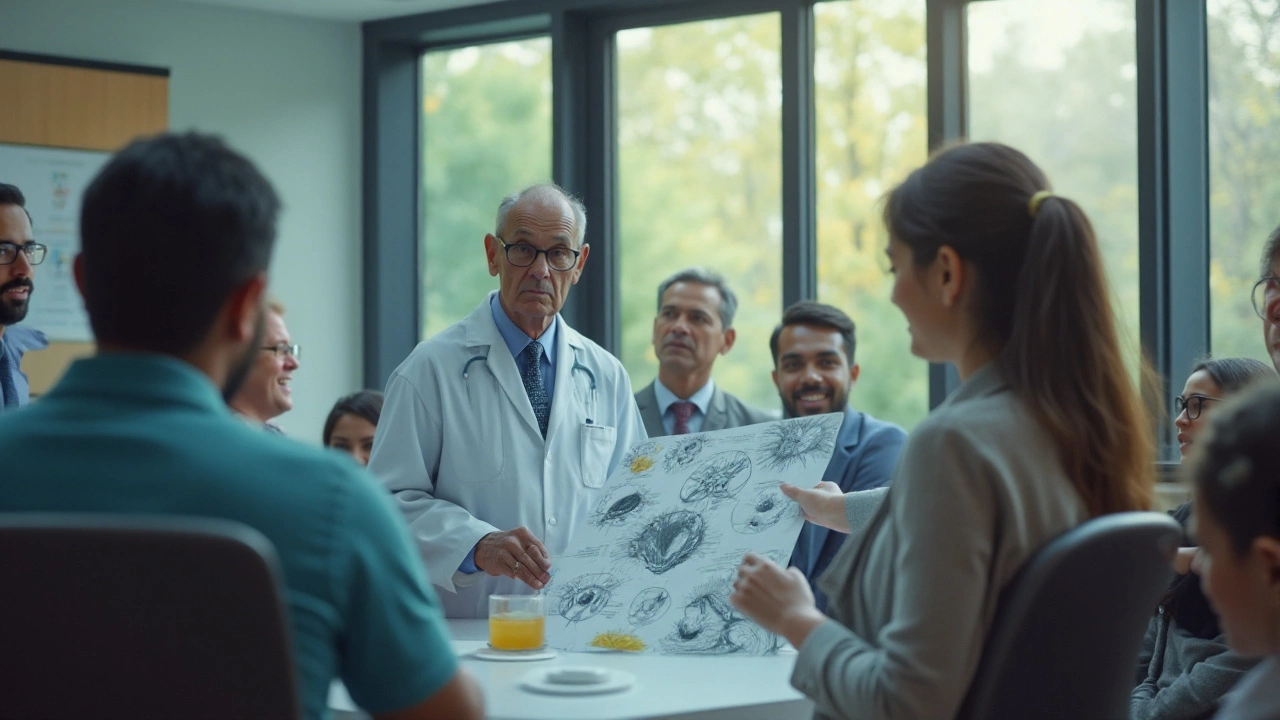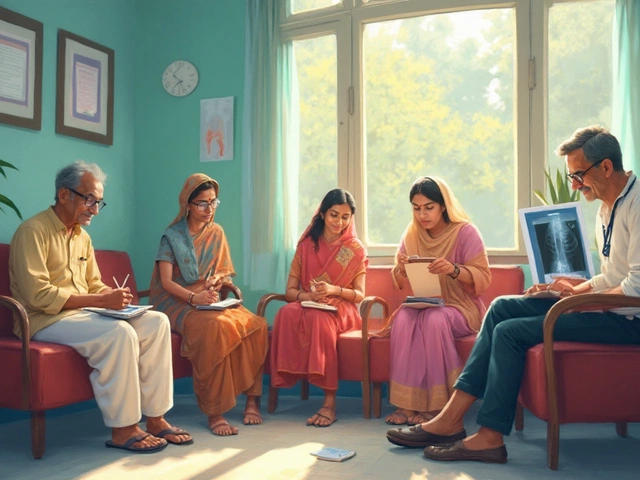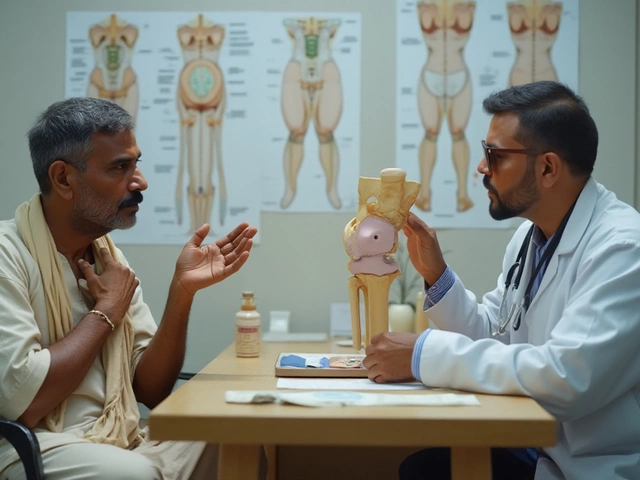Some cancers still have no cure, even with the latest treatments. This article breaks down why certain cancers remain deadly and what that actually means for people diagnosed with them. You'll learn about the types of cancer still considered incurable, what current treatments can do, and where hope and research are heading. Plus, get practical advice for navigating tough news and making decisions. Think of it as a straight-talking guide for a topic that’s as serious as it gets.
Read MoreTerminal Cancer: What It Is and How to Deal With It
If a doctor says the cancer is terminal, it means the disease has spread beyond the point where it can be cured. This can feel scary, but knowing the facts helps you make better choices. You’ll still have time to enjoy moments, manage pain, and plan for the future.
Understanding Terminal Cancer
Terminal cancer usually shows up when tumors grow into vital organs, making surgery or curative drugs ineffective. Common signs include constant pain, weight loss, extreme fatigue, and new lumps that don’t shrink. Blood tests and scans help doctors confirm the stage. The goal then shifts from cure to comfort, which is called palliative care.
Palliative care isn’t just about pain relief. It also covers emotional support, nutrition advice, and helping families communicate. A palliative team may include doctors, nurses, social workers, and chaplains. They work together to keep symptoms low and quality of life high.
Practical Steps for Living Well
First, talk openly with your doctor about what to expect. Ask about pain medicines, side‑effects, and how often you’ll need check‑ups. Write down questions before each visit so you don’t forget anything.
Second, get a support network. Friends, family, or local cancer groups can share meals, run errands, or just sit with you. Even a short phone call can lift spirits.
Third, focus on daily routines that bring comfort. Gentle walks, breathing exercises, or listening to favorite music can reduce stress. Keep a simple schedule – a regular bedtime, regular meals, and short activities you enjoy.
Fourth, consider advanced care planning. Decide where you want to spend your final days – at home, in a hospice, or a hospital. Write down your wishes about life‑support treatments and share them with loved ones.
Finally, look after your mental health. Talking to a counselor, journaling, or practicing mindfulness can help you process emotions. It’s normal to feel angry or sad; acknowledging those feelings is part of coping.
Living with terminal cancer is tough, but you don’t have to go it alone. With clear info, a solid care plan, and a caring circle, you can make the most of each day. Keep the conversation open, ask for help when you need it, and focus on the moments that matter.
Some cancers present grim survival prospects, often due to late detection and aggressive progression. Knowing which cancers have lower survival rates can help in understanding their nature and challenges faced in treatment. This article discusses various cancers known for low survival rates, reasons behind these statistics, and current advancements in treatment. It aims to raise awareness and offer useful insights for individuals seeking knowledge and support in cancer diagnosis and management.
Read More





